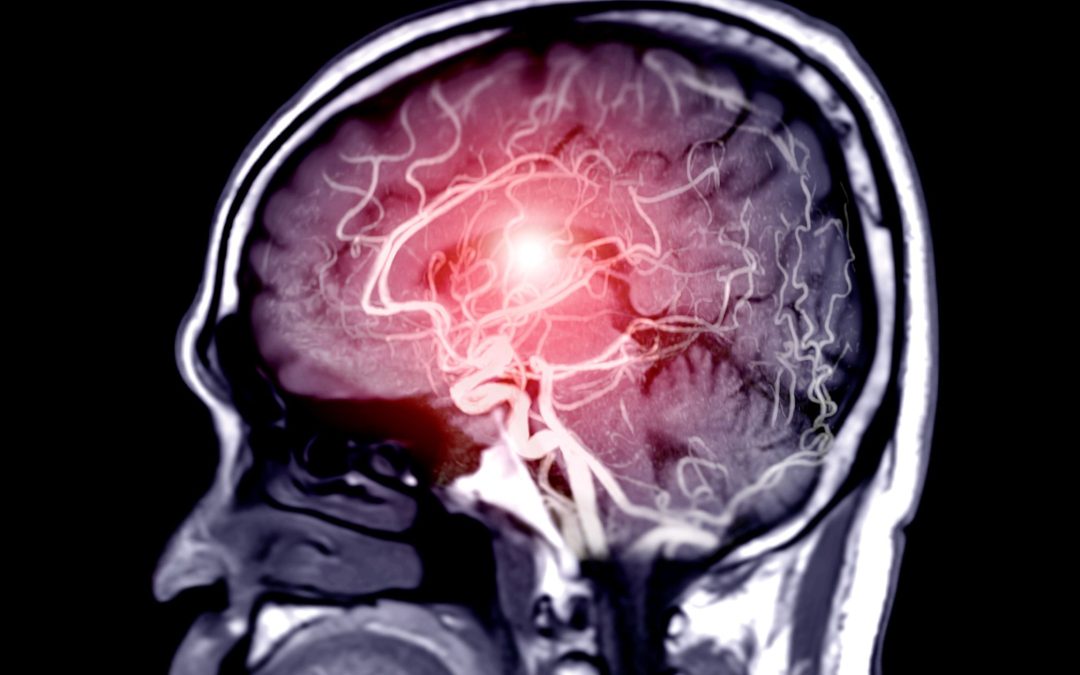An Aneurysm is a Silent Condition That Can Have Devastating Consequences if Not Detected in Time.
It consists of an abnormal dilation of an artery’s wall, which weakens to the point of rupturing. This rupture can lead to severe internal bleeding, potentially fatal. Therefore, early diagnosis is crucial, especially in people with risk factors.
What Exactly Is an Aneurysm?
An aneurysm forms when the wall of an artery stretches or bulges, creating a kind of pouch. This phenomenon can occur in various areas of the body, though the most common sites include:
- The abdominal aorta, the main blood vessel running through the abdomen.
- The thoracic aorta, in the chest.
- The cerebral arteries, where it may trigger a haemorrhagic stroke.
- Peripheral arteries, such as those in the legs.
Its development is gradual and often goes unnoticed for years, until it reaches a critical size or ruptures.
Who Is at Higher Risk?
Although anyone can develop an aneurysm, certain factors increase the likelihood:
- Advanced age (over 65 years old)
- High blood pressure
- Active or former smoker
- Family history of aneurysm
- Atherosclerosis
- Genetic connective tissue diseases (Marfan syndrome, Ehlers-Danlos syndrome)
For these groups, regular check-ups are particularly recommended, as aneurysms can be detected even before symptoms appear.
What Symptoms Can It Cause?
Many aneurysms do not show warning signs. However, in some cases, symptoms may appear depending on the aneurysm’s location:
- Persistent or pulsating abdominal pain
- Unexplained lower back pain
- Dizziness or fainting
- Double vision or severe headache in cases of cerebral aneurysms
- In severe cases, shock symptoms due to internal bleeding
In the presence of any of these symptoms, immediate medical consultation can make the difference between life and death.
Most Effective Diagnostic Methods
Radiology and imaging play a crucial role in the early detection of aneurysms. The most commonly used tests include:
🔹 Abdominal Ultrasound
It is the technique of choice for detecting aortic aneurysms in screening programmes, particularly in men over 65 years old who smoke or are ex-smokers. It is quick, painless, and non-invasive.
🔹 Computed Tomography (CT)
It provides detailed images of the blood vessels and helps assess the size, shape, and exact location of the aneurysm. It is essential for treatment planning.
🔹 CT Angiography or Magnetic Resonance Angiography (MRA)
These are used when precise visualisation of blood flow and the vascular surroundings is required. These tools are key for complex cases or surgical decisions.
What Happens if an Aneurysm Is Detected?
Management depends on the size and location of the aneurysm:
- If it is small and stable, regular monitoring through imaging is recommended.
- If it reaches a critical size or grows rapidly, treatment is indicated, which can include:
- Open surgery, to replace the affected portion of the vessel.
- Endovascular treatment, involving the placement of a stent (prosthesis) guided by imaging. This less invasive option is increasingly used, especially in patients with high surgical risk.
Conclusion
Detecting an aneurysm in time can save lives. Thanks to advances in imaging techniques and the work of specialists in diagnostic and interventional radiology, it is now possible to diagnose and treat this condition precisely, safely, and effectively.
If you belong to a high-risk group or have a family history, consult your doctor and request a preventive test. The best treatment always begins with a good diagnosis.

